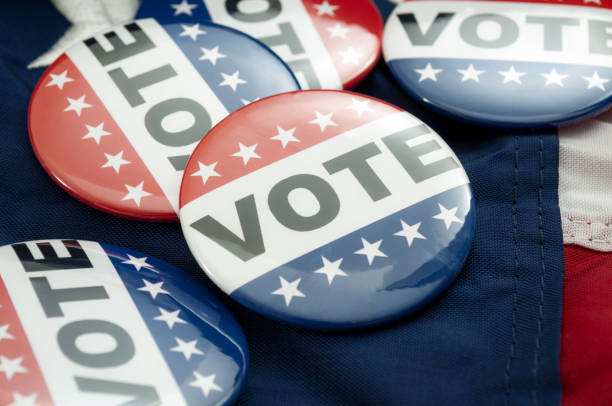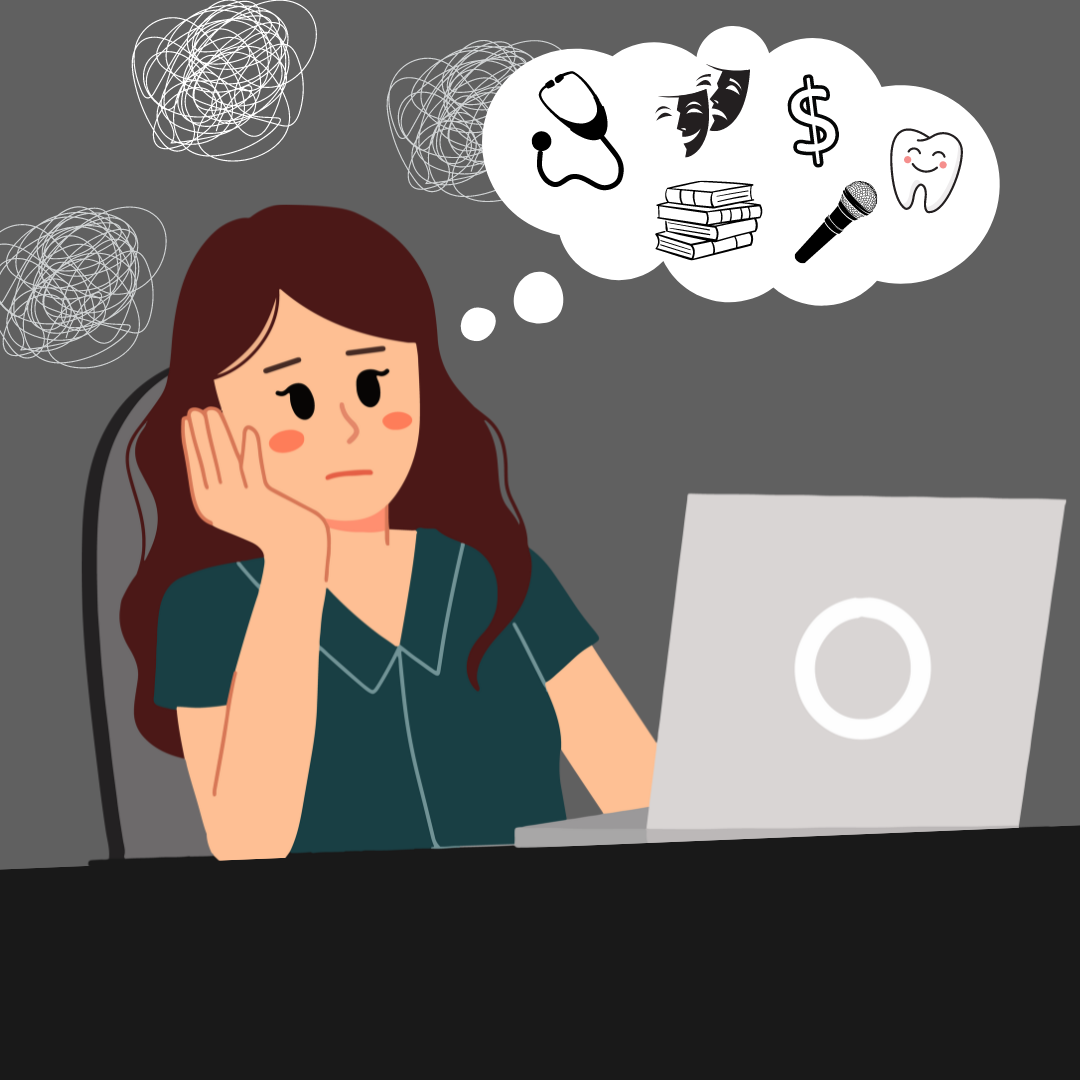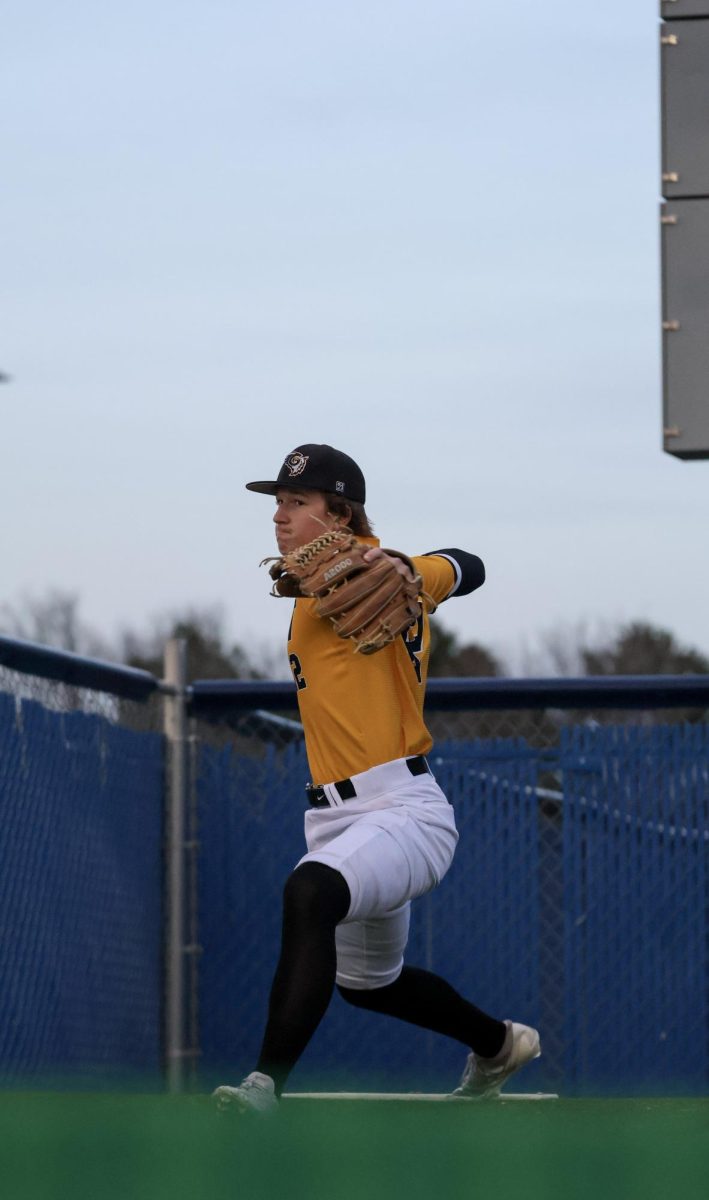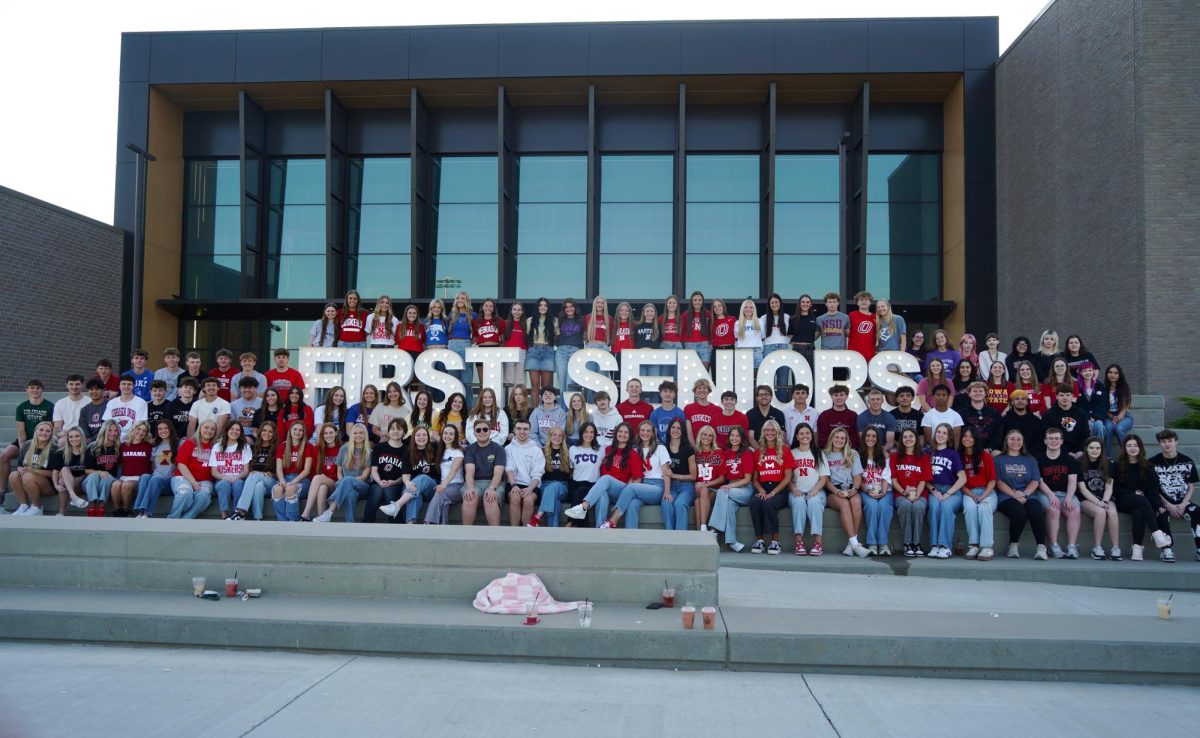The lack of student accessible Wi-Fi at the school has been a hot topic amongst students. With no cellular service in many parts of the building and few in other areas, students have voiced their complaints to administration, staff and their classmates.
Because of the building’s structure and the materials used to build it, the school is a “dead zone” when it comes to cellular service. Because of this, a staff Wi-Fi network was created so staff members could to operate their phones and other devices. However, this does not address students struggling to find service in the building.
“I don’t understand why they’re not allowing us to have Wi-Fi when most teachers know that we don’t have service,” sophomore Kenna Zelasney said. “It’s not a thing where I just want to be on social media or my phone, it’s like communicating is really hard when you don’t have that.”
Students have had trouble trying to communicate, not only in the building but outside the school as well.
“It’s hard to communicate with parents, coaches and bosses for jobs because you don’t have any Wi-Fi connection,” Zelasney said. “There’s no internet connection or service around the entire school, so it’s harder to get messages sent from your phone.”
Despite communication from students to others being difficult for some, the office provides aid by allowing students to use the school phone, but some students, like Zelasney, are opposed to this.
“Teachers tell you that you can contact the office, but sometimes I don’t want the office to know everything that’s going on,” Zelasney said. “It strips us of independence because we’re not allowed to use our time with our phones how we want.”
Principal Chad Jepsen is aware of students’ grievances regarding the issue. He says that there are certain challenges that make it difficult for students, or anyone to have Wi-Fi in the school.
“We have a couple of things going on,” Jepsen said. “One is our network has to be secure. We have grades, transcripts, personal information, etc. It has to be secure to protect the privacy, also to protect people from getting into those accounts and to prevent viruses.”
While there is no designated network for students, some have opted to try to use the guest Wi-Fi. Because students use the guest network that is not designated for them, administration frequently changes the password.
“We do have a guest network for people that come in for a variety of reasons,” Jepsen said.“The reason we do that is because our devices have to be locked down and secure, so that is not a network that can really be open to anyone.”
Activities director Ryan Garder echoed what Jepsen said, but shed some light on another reason why there isn’t a student specific Wi-Fi. He said the number of devices in the school already makes it difficult to have service around the school.
“We have 750 kids here, that’s 750 computers right there, plus our staff,” Garder said. “There are some people that have their phones connected to the Wi-Fi, but that’s not a general use thing. That’s probably about a thousand devices, and I say a thousand because there’s students, staff and then there’s other devices.”
According to Jepsen and Garder, adding students’ personal devices would overload the system.
“Because of those two obstacles, the security of it and the use of it, if all students were on the network it still wouldn’t work very well,” Jepsen said. “The traffic at one time would be too high.”
Wi-Fi problems have not only affected students, but staff and administration have had to regularly deal Wi-Fi issues as well, including an outage that prevented staff and students from using the Wi-Fi almost all of first period today.
And while a feasible solution has not been found, Jepsen does sympathise with students because it is a relatable problem.
“The frustration students have, we all have,” he said.






























































